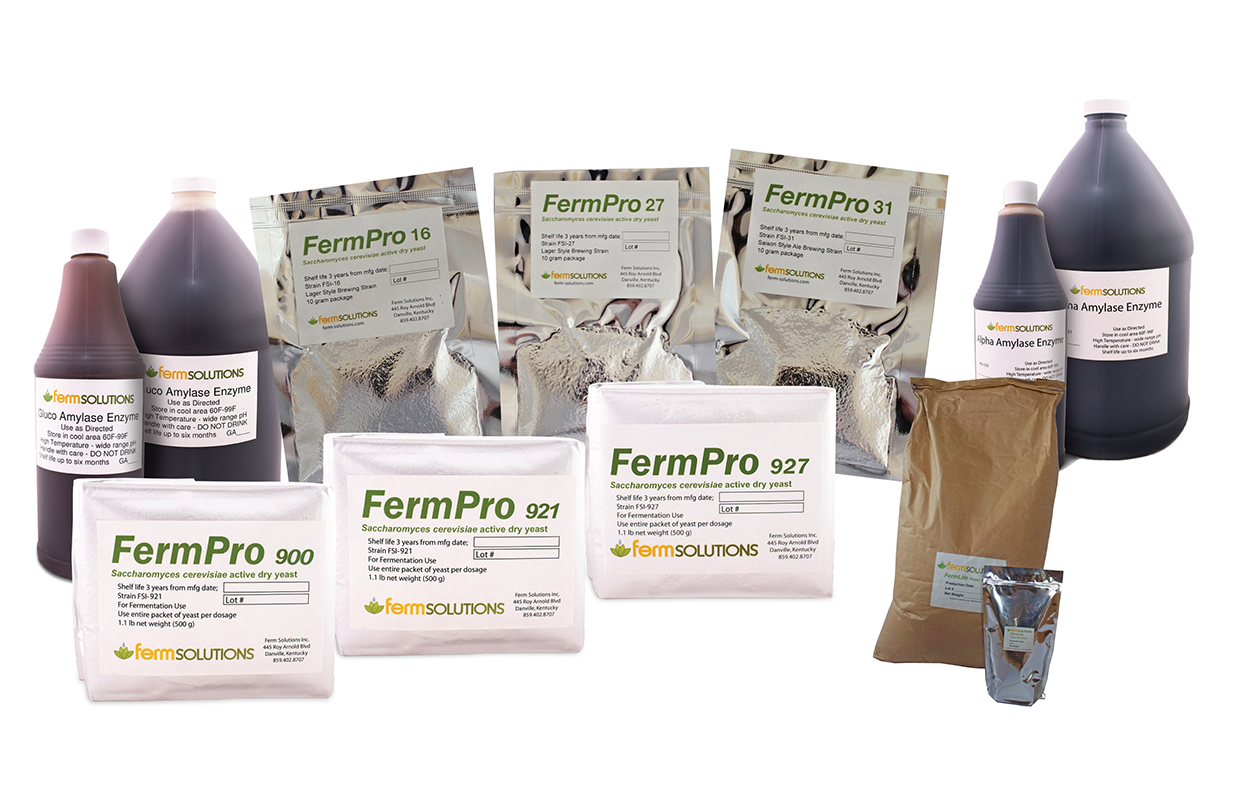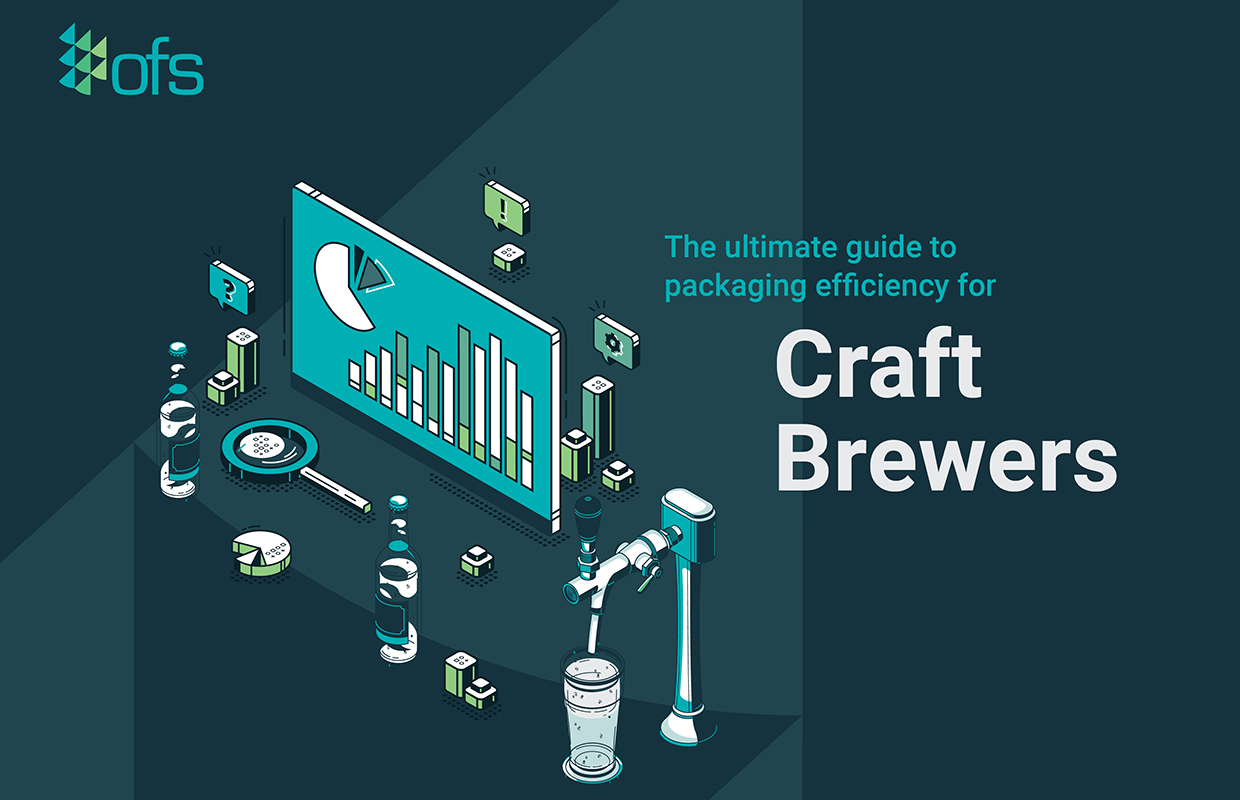
That’s a question often asked. My advice would be to get one of each! Still can’t decide? Well, let’s take a moment to talk about some differences between yeast used for making beer versus yeast used for making whiskey.
First, we will start with beer and beer yeast. Beer is a delicious libation made by steeping milled malted grains (most often barley or wheat) in hot water and then removing the solids in a process called lautering to make a clear wort. The “sweet wort” (sweet because it’s got a lot of sugar and tastes sweet) is then further heated and cooled, yeast is then added that ferments the sugar, creating alcohol to make the beer. After fermentation (which can take weeks, depending on the beer), the contents are bottled or kegged for consumption. When choosing a yeast for making beer there are several considerations.
Obviously, beer producers want to make a flavorful product, so choosing a yeast strain that gives off chemical compounds like esters that impart fruity, banana or clove notes may be desired. This will depend on the type of beer being made and there are lots of choices (Ales, Stouts, Lagers, Pilsners, etc). Another term related to the yeast is attenuation. This refers to the amount of sugar utilized during fermentation. A yeast that is fully attenuated, means that it will use up most all of the available sugars, resulting in a higher alcohol beer. If you want a beer that is sweeter, use a yeast with lower attenuation that will leave behind some sugars. Another term that is important for beer yeast is flocculation. This refers to whether the yeast will settle out of solution or not. If a brewer wants a beer to be clear, as is normally the case for Lagers and Pilsner beers, you would use a yeast that settles out of solution. Some beers (think Wheat beer) are normally cloudy, so a yeast that settles out of solution is less important.
Since beer is made from a clear wort, the yeast can be collected from the bottom of the fermenter and re-used, which also gets back to whether the yeast easily settled out of solutions or not. This just scratches the surface of all the possibilities for making beer, but gives you a few tidbits of information relative to the yeast.
Now, lets move on to whiskey and what we are looking for in a great whiskey yeast. There are several different types of whiskey — Scotch and Irish whiskies, Bourbon whiskey, etc. There are all kinds of cool differences between each of the different types of whiskey that are not yeast-related, so I’m going to let you investigate that as homework. For the sake of brevity and since Wilderness Trail makes mostly Bourbon, let’s focus on Bourbon whiskey. Bourbon, like beer, starts with quality milled grains, but instead of one grain there are multiple grains in Bourbon, the majority — 51% — being corn. Rye, wheat and barley comprise the other grains. Most of the grain that goes into making Bourbon is not malted, which is another thing that differs from beer, and the resulting mash contains every part of the grain, which is left in during fermentation, unlike what we discussed for beer wort. Thus, the mash used to make Bourbon is called whole mash. After the high temperature mashing process, the whole mash is fermented “grain on” and is distilled “grain on”. As with beer yeast, we want a yeast that will give good flavor. Think about the classic vanilla, caramel, and nutty flavors associated with good Bourbon. Unlike, beer yeast, which might leave behind some sugar, for Bourbon we want to use a yeast that has full attenuation. Any leftover sugars go out the door with the stillage (leftover water and grain after distillation), so we want to maximize alcohol production by utilizing all the sugars. Since we are fermenting in a whole mash, we aren’t going to be recycling yeast from one batch to the next. Thus, flocculation isn’t something we care much about when making Bourbon whiskey.
This is a topic that can easily be discussed for days over one or more beers and/or whiskies. So, the next time you are faced with that choice (like I said before, “Get one of each”), think about the ways in which the yeast can differ between these two very different classes of alcoholic beverages!
For more information about beer versus whiskey yeast, we encourage you to go to our Ferm Solutions website and browse the different options and for our fans that are also producers, don’t hesitate to reach out with any questions about yeast or related topics.
About the author: Dr. Pat Heist is chief scientific officer for Ferm Solutions and co-owner of Wilderness Trail Distillery in Danville, Kentucky. Ferm Solutions, which began in 2006, sells both distillers and brewers yeast, and provides lab analysis and technical support.






Be the first to comment